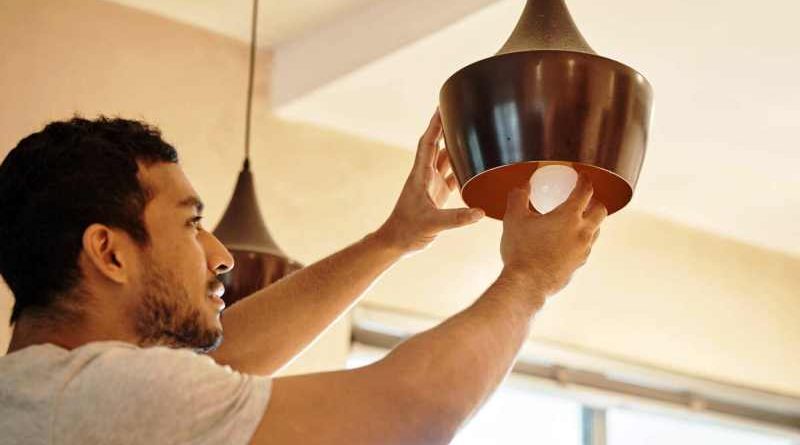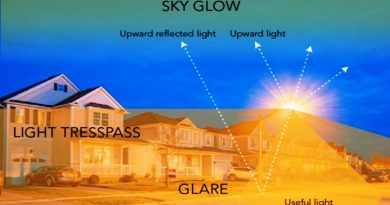What can we do to protect against light pollution?
Light pollution is a growing problem around the world, and it has serious consequences for the environment, wildlife, and human health. It’s caused by the excessive use of artificial light, which creates a bright and artificial glow that obscures the natural night sky. The effects of light pollution can be mitigated, however, by taking specific actions to reduce and control the use of artificial light.
One of the most effective ways to protect against light pollution is to use light fixtures and bulbs that are designed to minimize light pollution. This means using fixtures that are shielded and directed downward, rather than upward or outward. By using these fixtures, we can ensure that the light is focused where it is needed and that it does not spread unnecessarily into the sky. We can also use bulbs that emit less blue light, which is known to disrupt sleep patterns and cause health problems in humans and wildlife.
Another way to protect against light pollution is to use smart lighting systems that can be controlled remotely or programmed to turn off when they are not needed. This not only reduces light pollution but also saves energy and reduces costs. In addition, smart lighting systems can be equipped with sensors that detect the presence of people or vehicles and adjust the lighting accordingly, providing a safer and more efficient lighting solution.
One of the biggest contributors to light pollution is outdoor advertising and signage. Many cities and municipalities have enacted regulations to control the use of these bright and often distracting signs. By enforcing these regulations, and by encouraging businesses to use more subdued and environmentally friendly lighting options, we can significantly reduce the amount of light pollution that is produced by advertising and signage.
Reducing light pollution also means reducing the amount of light that is wasted. This can be accomplished by using timers or sensors to turn off lights when they are not needed, and by ensuring that lights are not left on unnecessarily. In addition, using more efficient lighting solutions, such as LED bulbs, can reduce the amount of energy that is needed to produce the same amount of light, thus reducing the amount of light pollution that is produced.
Education and outreach are also important tools in the fight against light pollution. By educating people about the harmful effects of light pollution, we can encourage them to take action to reduce it. This can include simple steps such as turning off unnecessary lights at home or using more energy-efficient bulbs. It can also include more proactive measures, such as participating in citizen science projects that monitor light pollution levels in local communities.
Finally, it’s important to recognize that protecting against light pollution requires a coordinated effort between individuals, businesses, and government agencies. By working together, we can enact meaningful changes that will reduce light pollution and preserve the natural beauty of the night sky. This can include everything from enacting regulations to control outdoor lighting to supporting research into more sustainable lighting solutions.
In conclusion, protecting against light pollution is a critical issue that requires action on many fronts. By using smart lighting solutions, reducing wasted light, and educating the public about the harmful effects of light pollution, we can take meaningful steps to protect our environment, our health, and our natural world.





